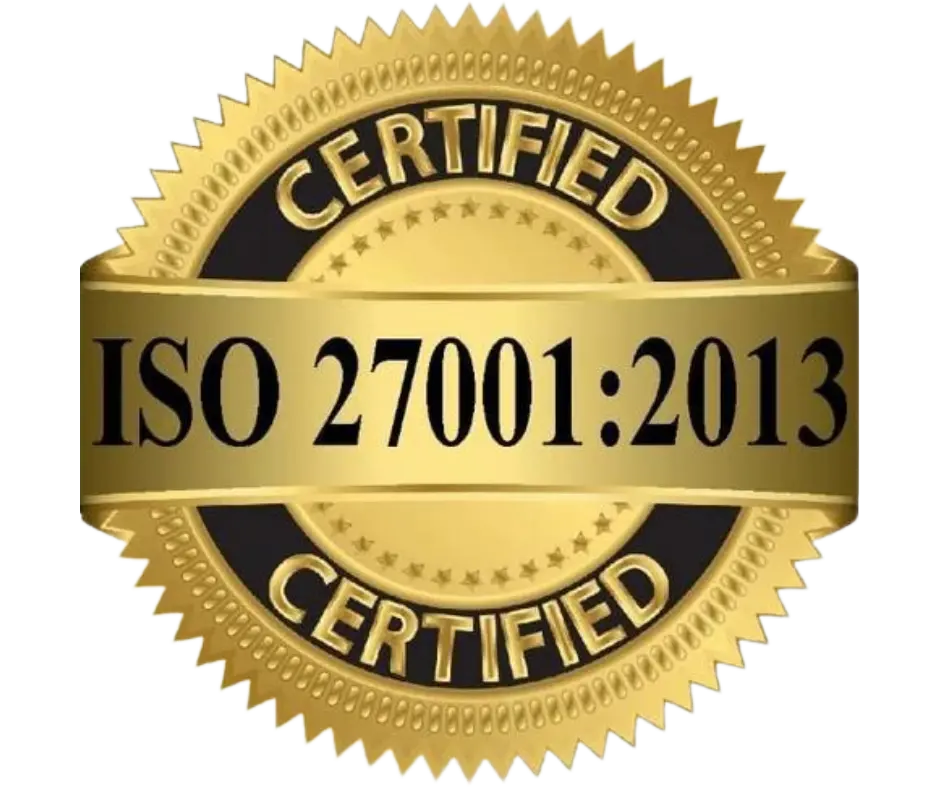The success of products is at the intersection of three criteria; desirability, feasibility, and viability. First, there should be people who need and want your product. It should be possible for you to develop the product technically and otherwise. Finally, people should be ready to pay enough for the product to be commercially successful. Proofs-of-Concept (PoC) and Minimum Viable Product (MVP) are two primary techniques that entrepreneurs have used to ensure that their products have a reasonable chance of success. These techniques allow businesses to test their ideas without investing too much time, money, and effort in product development.
While these techniques may overlap in certain areas, there are significant differences. For example, while both the PoC and the MVP offer feedback about user needs, preferences, and wants, they do point to unique outcomes of their own.
What is a Proof Of Concept?
No matter how great your idea is, unless it is practically possible to develop a product around it, you can not convert it into a successful outcome. To ensure that creating the product around your idea is possible, you can build a small, working implementation to understand and demonstrate that your concept is feasible. If you estimate that your final product will be relatively large, you can also build a testable physical implementation of only a part of it. This implementation will be just enough to demonstrate that your idea is indeed feasible. It will not be complete, and may not even be usable by the end user. However, it proves your hypothesis right.
A Proof of Concept (POC) is this bare essential-partial or full-physical implementation that demonstrates the feasibility of your idea.
What Is A Minimum Viable Product (MVP)?
Even if you can develop your product, will the market accept it? Will you be able to create a profitable business out of it? You can build a working, an entirely usable subset of the product to test that. This subset will only implement a few core features that must be there to enable your users to solve their problems. The customers or a representative group will use and test such an implementation and provide you with their feedback on how well it satisfied their needs and where it falls short, allowing you an opportunity to improve. More importantly, it demonstrates whether the market finds your idea valuable.
A Minimum Viable Product (MVP) is a minimal yet entirely usable physical implementation that demonstrates the desirability and viability of the product.
When Should You Use POC?
Ask yourself the following questions to decide if a PoC will be helpful to you.
- Is your idea completely new that has never been tried before?
- If your idea is not entirely new, are you trying to apply it to an altogether new context?
- Are you trying to use new technology to develop your product or get a competitive edge?
- Are you deciding between multiple options or approaches to developing the product?
Using a Proof of Concept is the right choice if your answer to any of the above questions is a yes. A POC will allow you to understand the challenges you might face while developing a full-fledged product. It will also enable you to determine the best tools, technology, approach, and processes for building the final product.
However, a POC is generally not used to test market feedback. Often, the POCs are not even shown to your users. Instead, they are used internally for go/no-go decisions or for determining the most optimal path for development.
When Should You Use MVP?
Unlike POC, MVP is outward-looking. It enables you to understand if the market finds your idea valuable. If yes, you will also learn what the customers most desire features and how they would like to interact and complete the entire operational flow. However, the most critical discovery you can make is to determine if the market is ready to pay for your idea or not. If it is, then how much?
Consider the following scenarios;
- You are now ready to sell your idea and attract your first users or paying customers.
- You have multiple options and ideas to augment your products, and you want to focus on the ones that your customers would like most.
- You want to test whether your understanding of your customers and their needs and wants is clear.
- You want to ensure that your development efforts and resources are spent in the most profitable areas of your product.
If any of these scenarios apply to you, then MVP is the right choice for you.
Finally
Both these processes will be iterative. Unless you have a complete idea of how to develop your product features when you begin the product development, you will start with POC. Then, based on what you learn from the POC, you will develop the MVP. However, through the feedback you gather from MVP, you might want to explore a completely new feature that necessitates another POC.
In that sense, it is not POC versus MVP, but they are complementary based on what you want to learn. They can form the input for each other, effectively allowing you to improve your product to an optimal version that will enable you to grow to your true potential.







